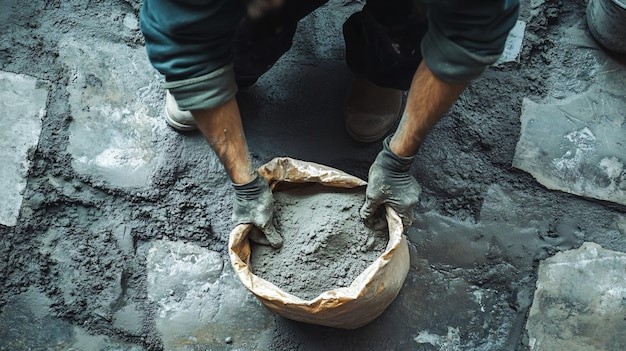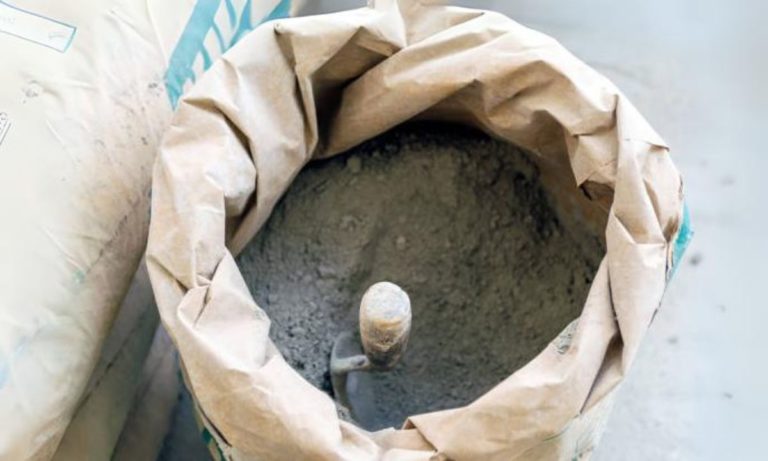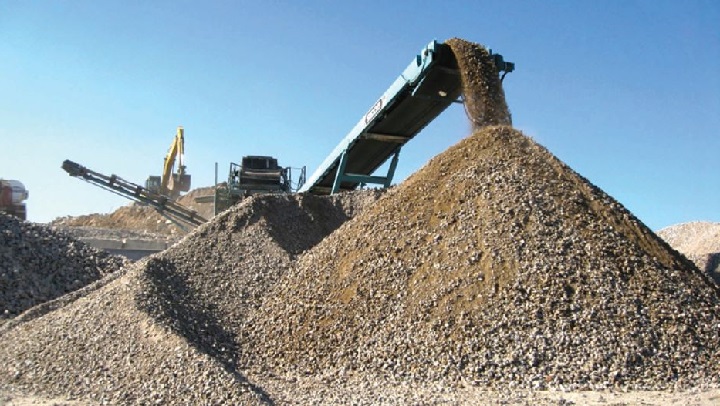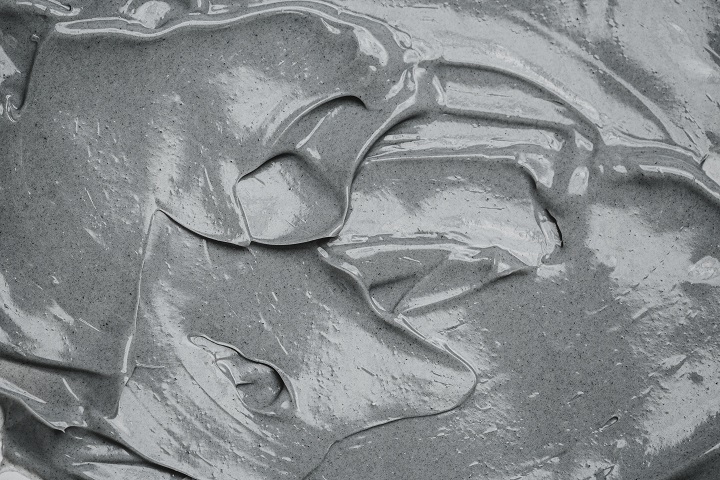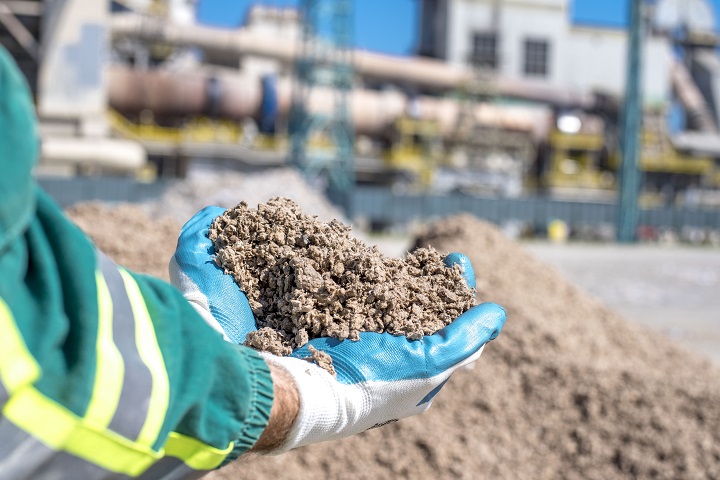Top 10 Mistakes to Avoid When Using Cement in Bangladesh
Cement is the most vital element in Bangladesh’s construction industry. To ensure effective usage, paying careful attention to detail is necessary. Because of the country’s varying climate and quality of materials, making mistakes worth compromising your project is easy.
Therefore, before signing up for a residential or commercial project, it is important to recognize and avoid common errors to achieve long-lasting and durable results.
Mir Cement is here to inform you about the Top 10 Mistakes to Avoid When Using Cement in Bangladesh!
10 Mistakes to Avoid Using Cement in Bangladesh – Detailed Explanation
Most construction professionals make these common mistakes when using cement in Bangladesh. Ultimately, all these hamper the lifespan and quality of construction projects. Keep reading to know about them!
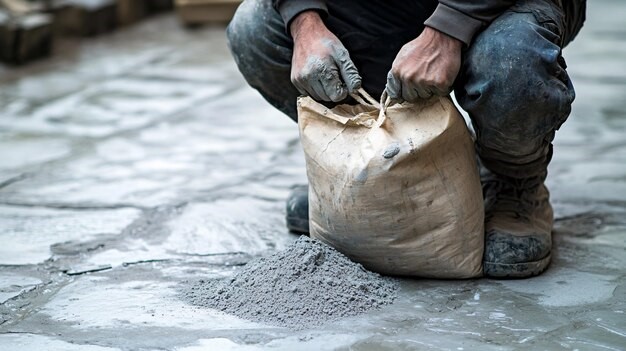
Usage of the Wrong Mix
While working with cement, opting for the wrong mix is a common phenomenon. Different types of concrete mixes are available in the market having different properties, applications, and strengths. If the wrong mix is used, the concrete structure may result in being weak or brittle. Moreover, it will also be prone to cracking and other damage.
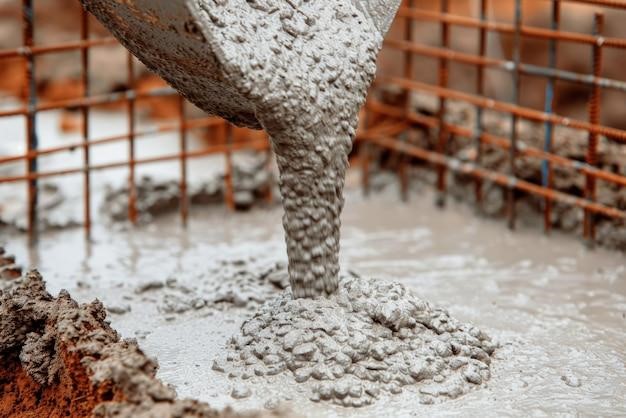
Hence, if you are confused regarding the mix, it is recommended to speak to a professional cement supplier or contractor. Understanding the quality control of your cement can help ensure you’re using the right mix for your specific project needs.
For more on ensuring consistent quality, check out our article on how to mix cement to produce concrete and mortar
Not Curing the Cement Properly
Curing is the process of ensuring that the concrete dries and hardens correctly. Depending on the climate condition and type of concrete, the process may take several days. If the curing of the concrete is not done correctly or fails, a compromised structure may be formed. It is highly likely to get cracked or exposed to other defects.
To avoid this problem, cover the cement with a protective layer. This is done to keep the concrete moist or expose it to air to allow it to harden. For insights on managing curing effectively, refer to our article on how to prevent the wastage of cement.
Using Aggregates of Low Quality
The usage of low-quality aggregates can substantially compromise the durability and strength of cement. Impurities like organic matter, debris, or dust, can affect the bonding negatively which can lead to weak structure. These structures can easily break and deteriorate.
Therefore, it is important to choose clean, and well-graded aggregates that comply with the industry standards. Prepare grading ensures minimization of voids and optimal packing. Furthermore, the strength of the concrete mix is also enhanced.
Ignoring the Quality Control
Construction structures become weak and risky if quality control of the cement is ignored. Failure to cross-check the quality of concrete can result in utilizing substandard materials that do not fulfill strength demands.
It can ruin the integrity of the construction projects and even bring about disastrous failure.
Sometimes, the damage repair could be quite costly. So, it is suggested to source cement from trusted suppliers who provide quality assurance and certifications.
Explore our article on cement quality control: ensuring consistency and reliability for more information on ensuring quality in your materials.
Not Protecting the Cement During Construction
After pouring the cement, carefully monitor the curing process. Fluctuations in moisture or temperature can adversely impact the concrete strength.
Try to use lightweight protective materials or enclosures to protect the area from environmental factors. Moreover, it will also prevent debris from accumulating on the surface.
Ensure the workers know what to do after freshly pouring cement to avoid accidental damage. All these factors will increase the durability and longevity of the projects.
Insufficient Mixing
Inadequate mixing can lead the way to an unbalanced distribution of materials, resulting in infirm spots within the cement. It is important to use a mechanical mixer to ensure the consistency and thorough blending of concrete, water, and aggregates.
Always weigh out ingredients precisely as a small deviation can substantially impact the main product’s performance.
Check and adjust the mixing times regularly according to the specific materials. It will help to achieve the wanted workability and strength in your cement.
Ignoring Expansion Joints
Neglecting expansion joints in cement can contribute to cracking caused by temperature fluctuations. Since cement contracts and expands with varying temperatures, the lack of these joins generates stress that can weaken structural integrity.
That’s why planning for expansion joints in construction design is necessary. It is done to ensure that they are accurately sized and spaced for the projects. Regular maintenance and monitoring of these expansion joints are also important to prevent hazards.
Find more about how to calculate cement in brickwork to avoid unnecessary problems.
Unsuitable Formwork
Improper substructure can cause significant defects and misalignments in cement structures. When the regulatory structure is poorly constructed, it fails to hold its shape, resulting in an asymmetric surface and diminished structural integrity.
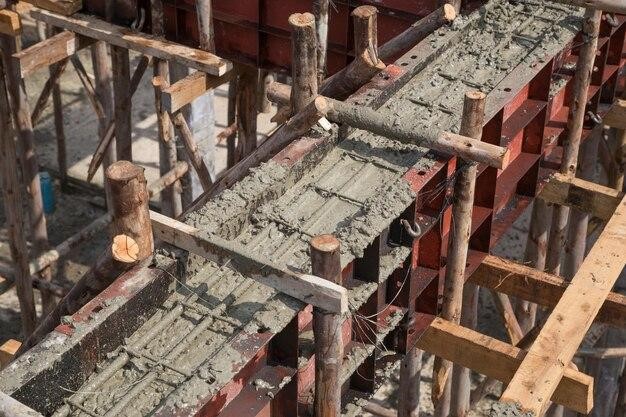
Hence, it is crucial to ensure that the formwork is rigid, properly supported, and shaped as per the design specifications.
Frequently monitor the formwork during the pouring process to detect any issues early. By prioritizing the quality in construction, it is possible to achieve better alignment.
Being Inconsiderate About Weather Conditions
Not being mindful of the weather conditions substantially impacts the setting time of cement. Rapid evaporation is caused due to excessive heat that leads to insufficient curing as high humidity delays drying.

It is necessary to adjust the mixing and curing process based on the prevailing weather.
For instance, use retarders and ensure proper shading to minimize heat exposure in hot conditions. Again, in humid conditions, inspect moisture levels and increase curing time as per requirement.
Further reading- What’s The Best Time to Start Construction in Bangladesh?
Overloading Fresh Concrete
This can lead to significant deformation and structural problems. If excessive weight is applied before the cement is properly cured, it won’t be able to develop the required strength. Thus the structure may collapse or crack.
To ensure durability, allow adequate curing time before putting any loads on freshly poured concrete.
There’s no alternative to this to get the best long-term results in the construction structures.
By avoiding these common mistakes while using cement, you can substantially increase the durability and quality of your construction structure. For further reading on cement’s role in sustainable practices, check out our post on cement’s impact on sustainable building practices.
Conclusion
By avoiding these common mistakes while using cement, you can substantially increase the durability and quality of your construction structure. Proper selection, mixing, and application tactics are essential to achieve the desirable results.
Investment of time to understand these procedures will not only be time-saving but also guarantee longevity. Hence, be mindful while planning and executing your construction project!
If you need any help, then you can contact us to find a better solution for your construction. Also, get better construction products & services from Mir Cement.
Follow this guide on the Top 10 Mistakes to Avoid When Using Cement in Bangladesh to construct reliable, safe, and sturdy projects!

